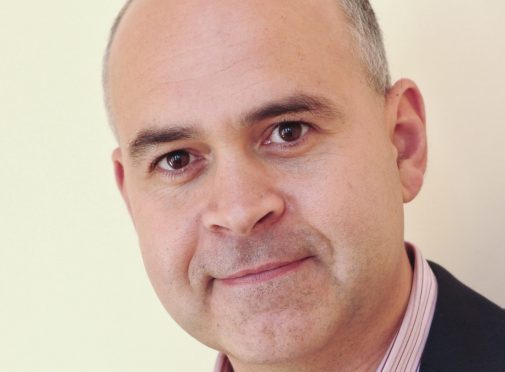With today’s adult lives packed to the maximum, it’s easy to think back to our childhood wishing for easier times to return. But is being a child or a teenager really so easy these days?
Recent statistics show that increasing numbers of children and young adults are feeling stressed, many to the point of developing serious mental health problems.
Stress in children, whilst almost unheard of just a couple of decades ago, is becoming a very real problem. The good news, however, is that if it is recognised early, a few changes in a child’s daily life will go a long way towards alleviating stress before it has a negative impact.
Childhood stress can have many different causes and they are often linked together. In our practice, we rarely come across clients, young and old, complaining about stress that they can attribute to one single factor. It’s usually a complex combination of stressors.
One of the clearest distinctions to make is between external and internal sources of stress. Among external stressors are demands placed in school, by a child’s family and even friends. Generally thought of as a support network, family and friends can have the opposite effect, whether it is perceived or real.
Internal stressors on the other hand are based on the difference between what we think we should be doing or achieving compared to what’s realistic to do in, say, a day or a week. Take social media for example: kids are bombarded with heavily edited versions of their friends’ lives, or even of their favourite celebrity’s latest adventures, leading them to believe their own lives aren’t measuring up.
What’s going on?
One of the biggest signs that your child is stressed are sudden changes in behaviour, for example a previously boisterous child withdrawing from their friends. Others start having trouble sleeping or concentrating on homework. Smaller children may return to habits they had as toddlers such as sucking their thumb.
How can you help your child?
Making time for each other is important. Some kids may want to talk about what’s stressing them out, others might prefer just having you as a parent available to them, knowing they have your attention and can open up to talk about their problems if they need to.
Many children’s lives today are simply too busy: if you are getting stressed driving your kids from one activity to the next, imagine how they are feeling doing all of those activities. As counterintuitive as it sounds – it’s important to ‘schedule’ relaxation time whether it is a walk on the beach listening to waves or simple breathing exercises.
Create a good sleep routine. Starting with setting a bed time, establish a bed time routine that helps your child prepare for sleep.
Lastly, as parents we need to be role models. Whilst teaching a good work ethic is important, showing that you have a healthy work-life balance is just as crucial and it will go a long way towards helping your kids learn how to prioritise and set boundaries in later life.
www.firstpsychology.co.uk
Professor Ewan Gillon, chartered psychologist and clinical director of First Psychology Aberdeen.
